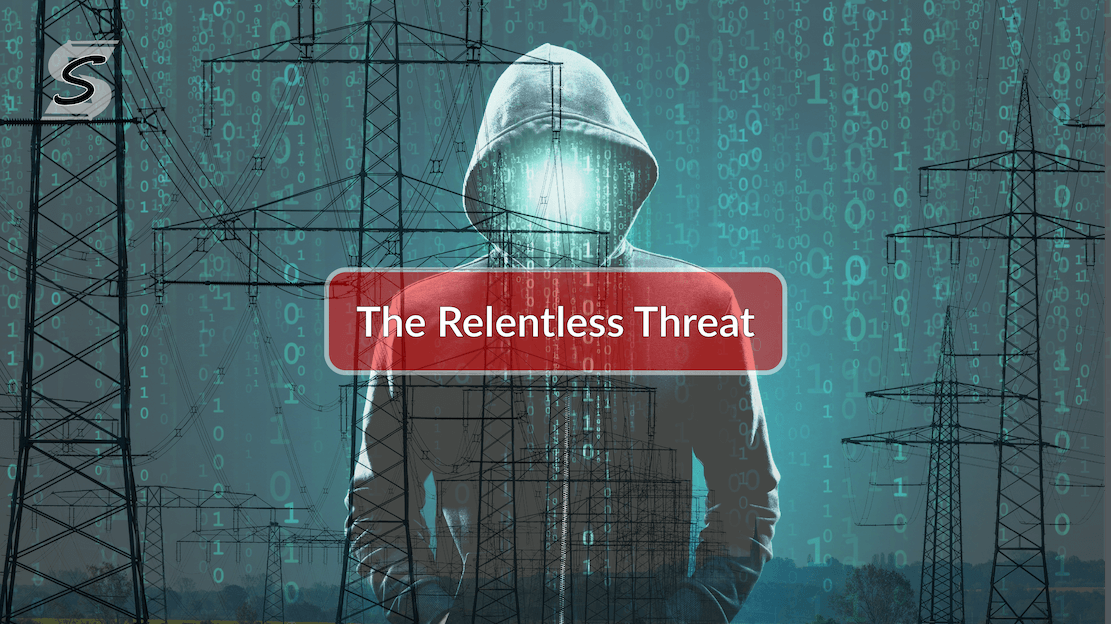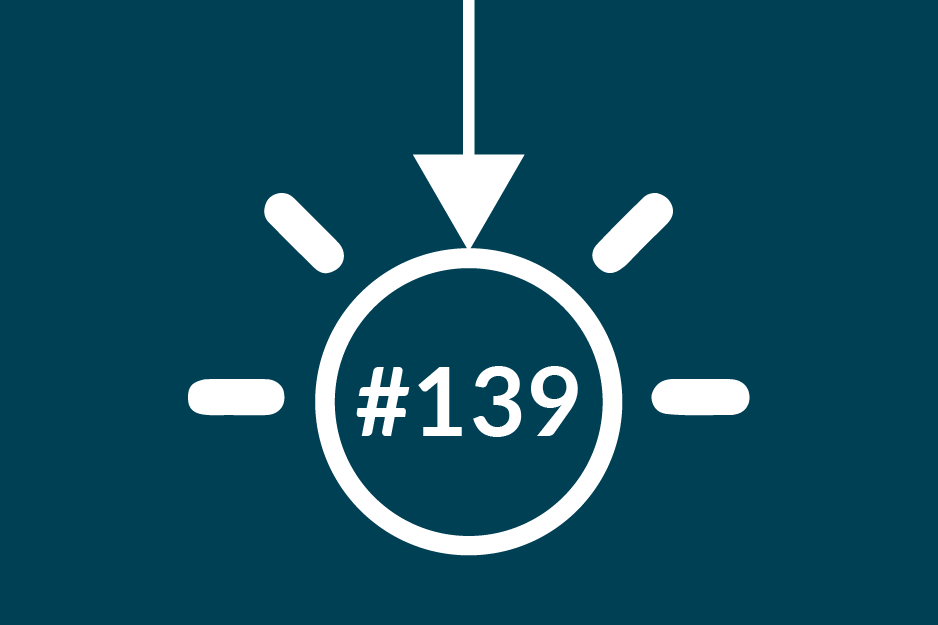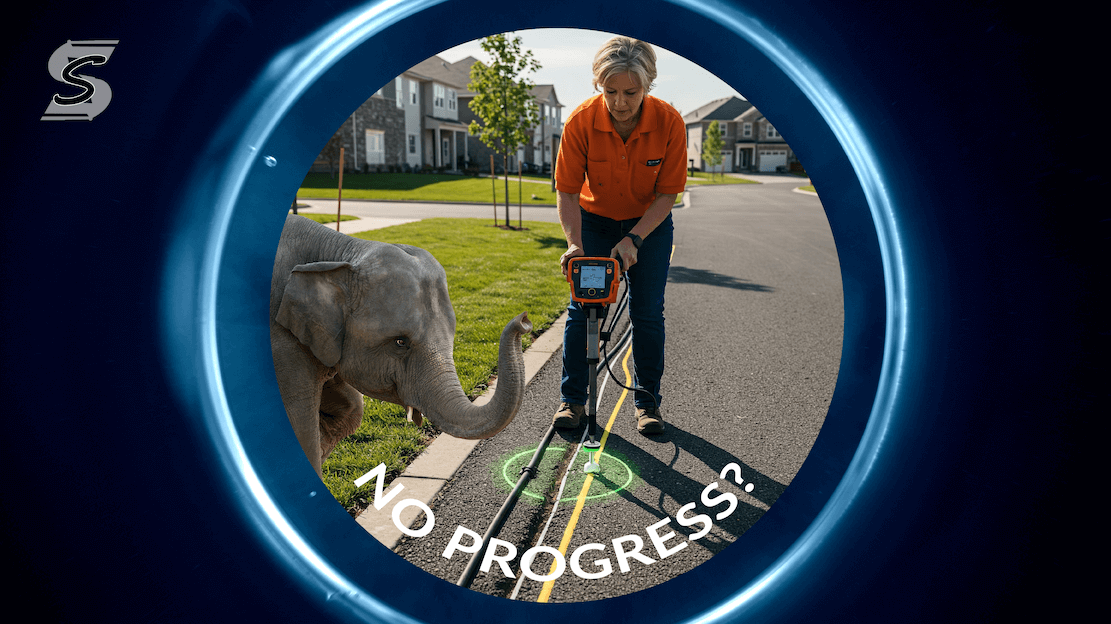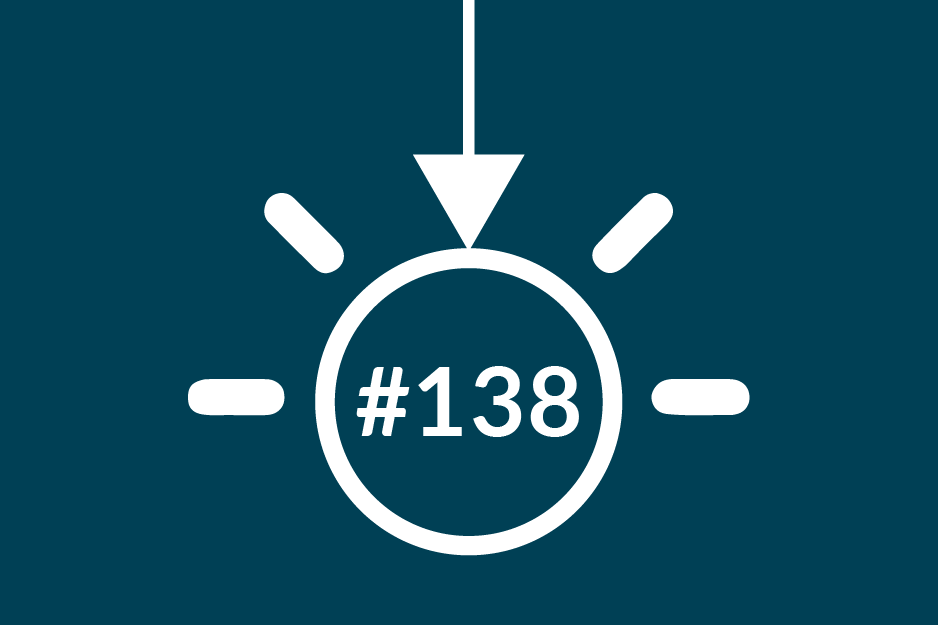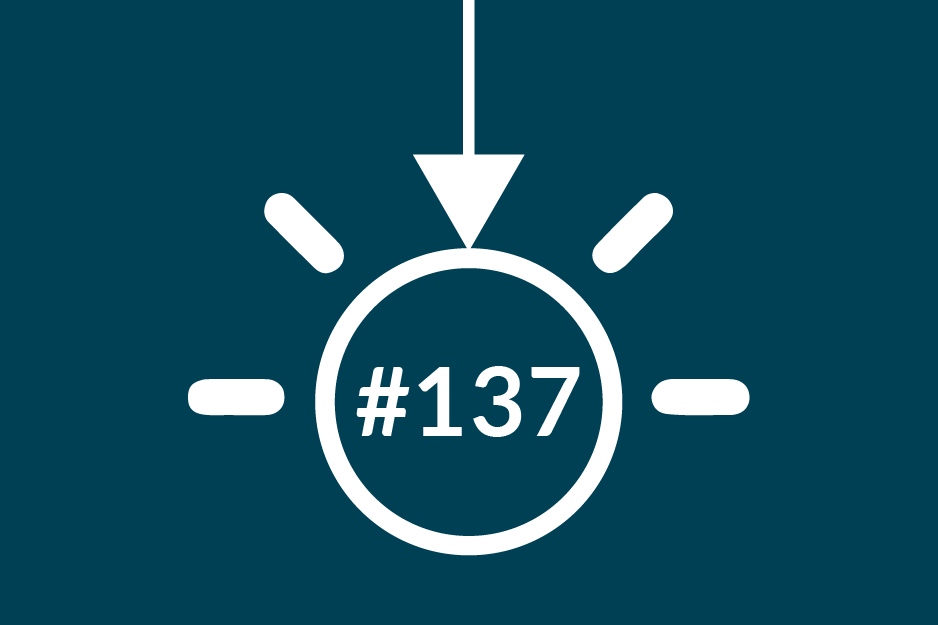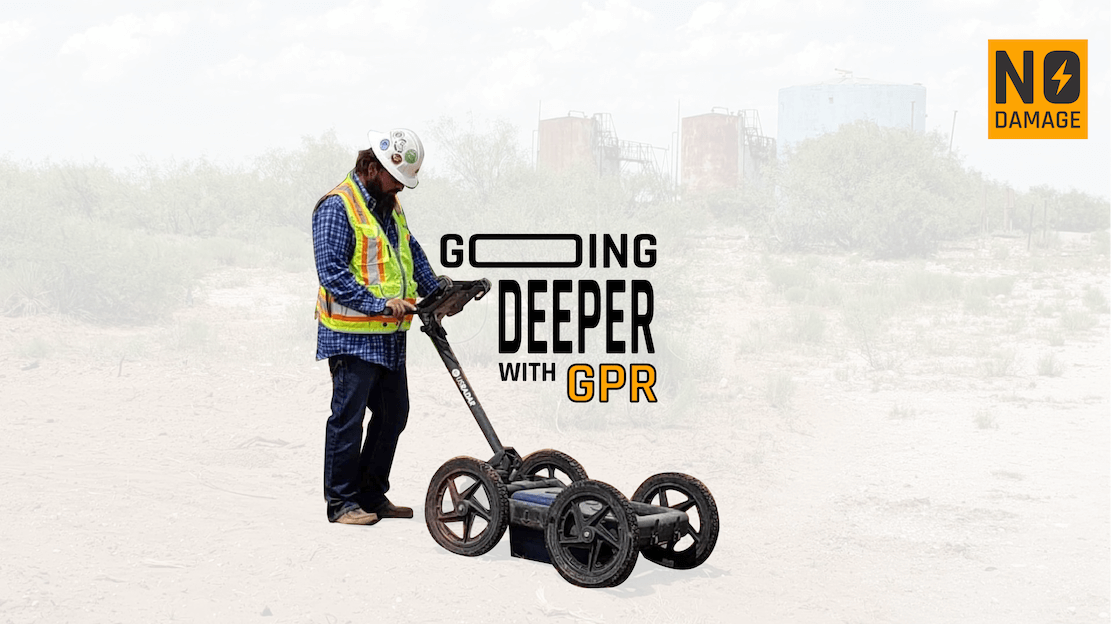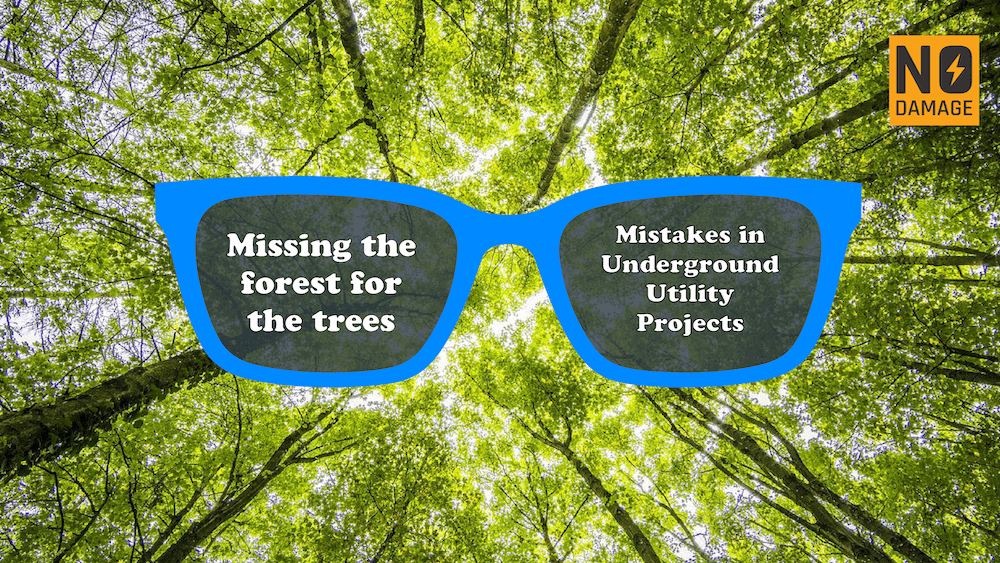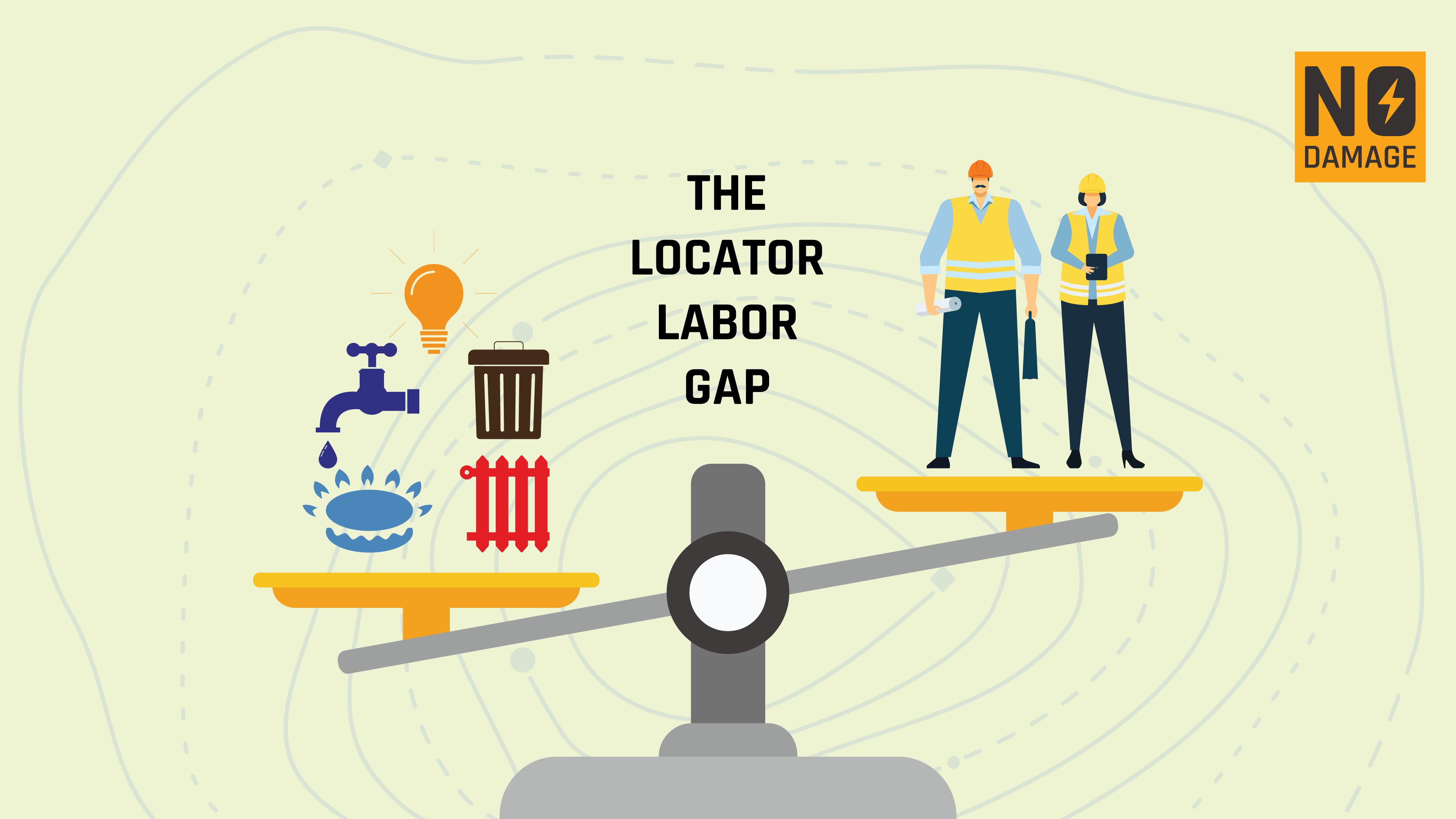
Natural disasters are an ever-present threat to both people and infrastructure. Hurricane Helene is a stark reminder of the destruction such events can inflict, with widespread utility outages and damage to critical services. As communities recover, the swift mobilization of crews and the safe restoration of power, water, and communication systems become top priorities. However, as we look to the future, it's equally important to explore how we can better protect utilities during these events, minimizing both damage and downtime.
Immediate Response: Mobilizing Resources for Restoration
In the wake of Hurricane Helene, utility companies and emergency response teams moved swiftly to assess the damage and restore essential services. Mobilization efforts have become more sophisticated in recent years, with specialized resources like Badger's Disaster Response truck playing a key role in disaster management. This mobile hub, which can be strategically positioned near disaster zones, serves as a command center for coordinating utility restoration efforts. By bringing technology, personnel, and equipment closer to affected areas, teams are able to reduce response times and restore services more efficiently.
Hurricane Helene proved to be the most destructive hurricane in Georgia Power’s history, according to a company statement. The storm damaged over 5,000 utility poles and 500 transformers, causing widespread outages across the state. However, the response was swift: "About 610,000 Georgia Power customers have already had power restored. This rapid response has been possible through the implementation of new ‘smart grid’ technologies and the quick work of pre-positioned teams who were ready to respond as soon as conditions were safe to do so," the utility said. This highlights the importance of having modernized systems and strategic pre-planning in place for disaster scenarios.
As utility crews navigate the chaos of a post-hurricane landscape, safety remains the primary concern. Restoring utilities like power and water requires clear communication and a thorough understanding of the damage landscape. In the midst of downed power lines, ruptured gas pipes, and water main breaks, the risk of further damage is significant. Utilizing tools like Utilocate ensures that underground utilities are properly marked and identified efficiently and that priority can be placed on more essential tasks, preventing accidental hits and ensuring the restoration process is as safe as possible.
Leveraging Data to Prioritize High-Risk Areas
In the face of widespread damage, one of the biggest challenges is knowing where to focus initial efforts. This is where historical data from ticket management systems becomes invaluable. By mapping out past utility locate requests and overlaying them with the disaster zone, utility companies can quickly identify high-risk areas - places where critical infrastructure like gas pipelines, electric cables, and water mains are concentrated.
Using this data, response teams can focus their efforts on protecting or restoring the most vital services first. For example, if historical data shows that certain neighborhoods have a dense network of underground utilities, these areas can be prioritized to prevent additional damage during restoration. This data-driven approach ensures that resources are deployed strategically, maximizing efficiency while minimizing risk.
Preventative Measures for the Future: Protecting Utilities
As natural disasters increase in frequency and intensity, it’s not enough to simply respond to damage - we need to take proactive measures to better protect utilities. Hurricane Helene offers a clear example of the vulnerabilities in our existing infrastructure. The good news is that there are steps we can take to minimize damage during future events.
1. Undergrounding Utilities:
One of the most effective long-term solutions for protecting power and communication lines is to bury them underground. Overhead power lines are highly vulnerable to high winds, flying debris, and falling trees, making them one of the first casualties of a storm. By burying lines underground, we reduce their exposure to these elements, significantly decreasing the chance of outages during hurricanes.
While the upfront cost of undergrounding utilities can be high, the long-term savings from reduced maintenance and fewer outages make it a smart investment. It also offers greater peace of mind for communities, knowing that their power grid is less likely to be disrupted in the next major storm.
2. Smart Grids and Pre-Positioning Teams:
Disaster preparedness hinges on both technology and planning. The success of Georgia Power’s response to Hurricane Helene illustrates how smart grid technology and pre-positioned teams can speed up recovery efforts. Smart grids allow utilities to detect and isolate damaged sections of the grid automatically, reducing the scope of outages and restoring power more quickly. Meanwhile, having teams positioned and ready to respond as soon as conditions are safe ensures no time is lost in mobilizing resources.
3. Building Stronger Infrastructure:
For areas where undergrounding utilities may not be feasible, reinforcing existing infrastructure is critical. Strengthening poles, towers, and pipelines with materials designed to withstand extreme weather conditions can reduce the damage done by high winds and flooding. Additionally, creating flexible systems that can quickly adapt to outages by rerouting power and using backup generators can help prevent widespread blackouts. Duke Energy said they were able to save 12.5 million minutes of customer outages through their infrastructure strengthening and smart grid strategy.
The Road Ahead: Building a Resilient Future
Hurricane Helene has highlighted the fragility of our current utility infrastructure, but it also presents an opportunity to rethink how we approach damage prevention in the face of natural disasters. By focusing on undergrounding utilities, leveraging advanced smart grid technology, and ensuring rapid mobilization of crews, we can reduce the impact of future storms and help ensure that critical services are restored faster and more safely.
The task ahead is not an easy one, but as communities, governments, and utility companies work together, we can create a more resilient future. We can’t control when the next hurricane will strike, but we can control how well we prepare for it - and how quickly we recover.
Share this Post


